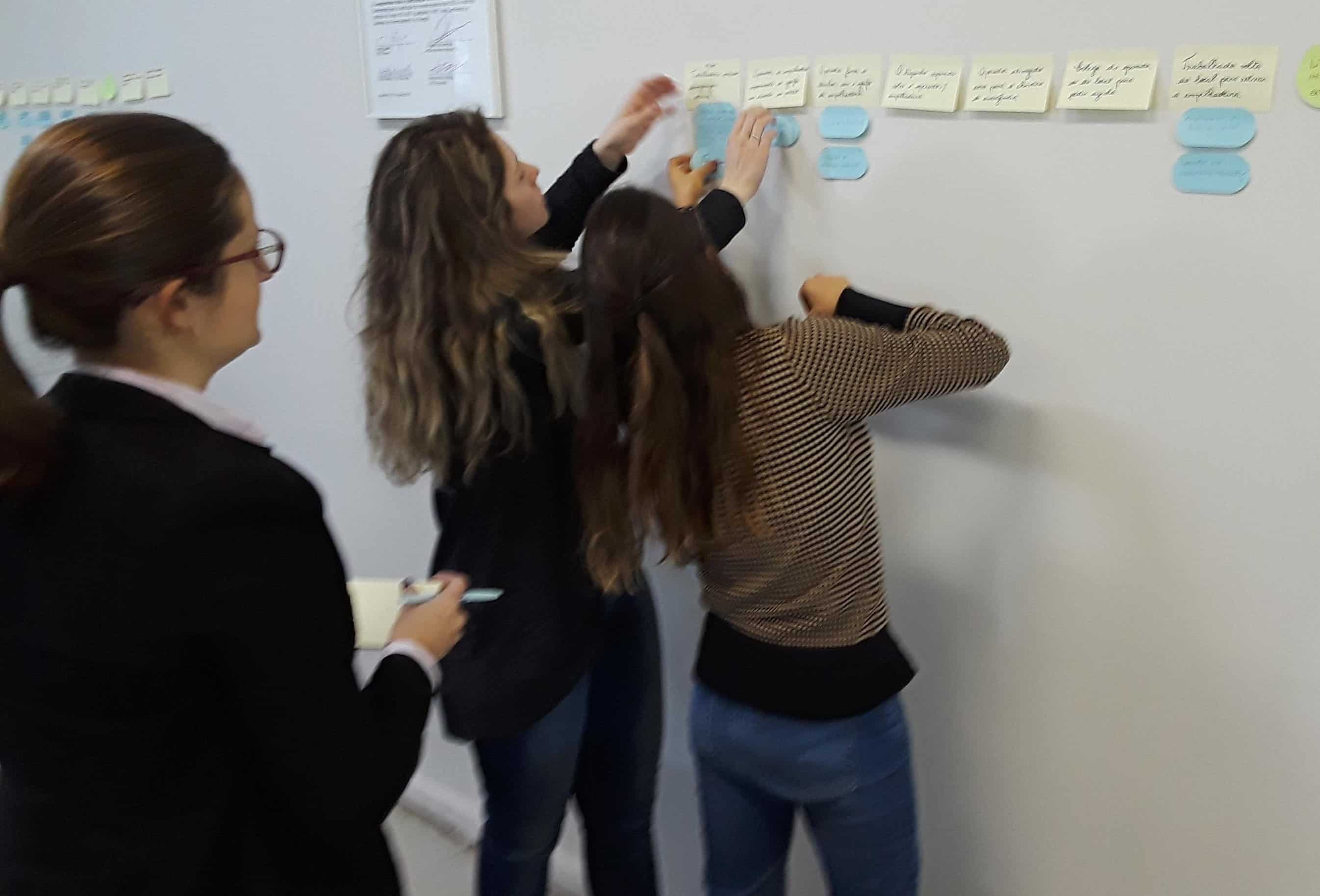Peer Feedback to Improve Root Cause Analysis
All Root Cause Analyses started have an initial goal…
Reduce, Mitigate or Eliminate a Problem!
As TapRooT® trained root cause analysis investigators soon learn, there is usually more than one Causal Factor that caused the Incident being investigated, and each Causal Factor has more than one Root Cause. If this sounds foreign to you as an investigator, check out our TapRooT® Root Cause method here. So if problems do not occur in isolation, why should the investigator work in isolation? Thus, the topic of today, “Peer Feedback to Improve Root Cause Analysis.”
Previously we discussed real–time peer review during the investigation TapRooT® Process and reviewing a completed TapRooT® looking for the “Good, Bad and the Ugly” with a spreadsheet audit included.
Root Cause Analysis Video Tip: Conduct Real-Time Peer Reviews
http://www.taproot.com/archives/45875
The Good, The Bad & The Ugly
http://www.taproot.com/archives/11045
So what’s next? Are peers created equal? What value can a peer add? What value does the peer get from giving feedback about a root cause analysis? Let’s see….
Peers are not created equal! This is a good thing. Below is a short list of peers to get feedback on your root cause analysis progression and the value that they add.
1. Coach/Mentor: This is a person who is competent and formally trained in the root cause process that you are using. They are not teaching you the process but guiding you through your use of it after you were formally trained. They have been in the trenches and dealt with the big investigations, These process champions can easily get you back on the right track and show unique techniques.
Too many companies get large numbers of employees trained in a process and then let them run free without future guidance or root cause analysis feedback. This is why our TapRooT® Instructors are available for process questions after training is complete. This is also why we encourage key company employees to attend our 5-Day TapRooT® Advanced Root Cause Analysis Team Leader Training to help mentor those that have taken our 2-Day TapRooT® Incident Investigation and Root Cause Analysis Course.
2. Equal: This is the person who has attended the same root cause analysis training that you have and has the same level of competence. They may also have the same industry technical experiences that you have.
The value of the feedback from this person is to keep each other grounded in the process you are using and to help validate that the evidence received is substantiated. It is very easy sometimes to start pushing any root cause process into one’s biased direction once the energy gets flowing. The trained TapRooT® investigator and peer will remind you to slow down and let the TapRooT® process guide you to the root causes.
3. Novice: There are two types of novices to get feedback from, one that is not trained in the TapRooT® process and one that is not familiar with the investigation or process being investigated.
There is a natural tendency that the more you know about the process you are investigating, the less that you put down on paper. After all, everyone knows how that thing works or what happened. Why do I need to write it down? Simple… “What does not get written down does not get investigated!” As the novice asks you more questions to understand the root cause analysis that you are performing, the more you explain and the more you write down.
4. Formal Auditor: The formal auditor usually audits the root cause analyses after they are completed and the corrective actions have been implemented. There is less communication and engagement between you and the auditor, which is very different than the first peers listed above.
The value of this feedback is that it is designed to look for consistency and standardization across multiple root cause analyses. The auditor may find investigations that need to be recalibrated but may also find new and better ways of doing an investigation based on other’s unique techniques. We also encourage auditors to have taken our 2-Day Advanced Trending Techniques Course, to help look for trends.
The final plus for this feedback activity…..
“Everyone learns something and recalibrates their Root Cause Analysis Techniques and we all help meet the goal of Reduce, Mitigate or Eliminate a Problem!”




